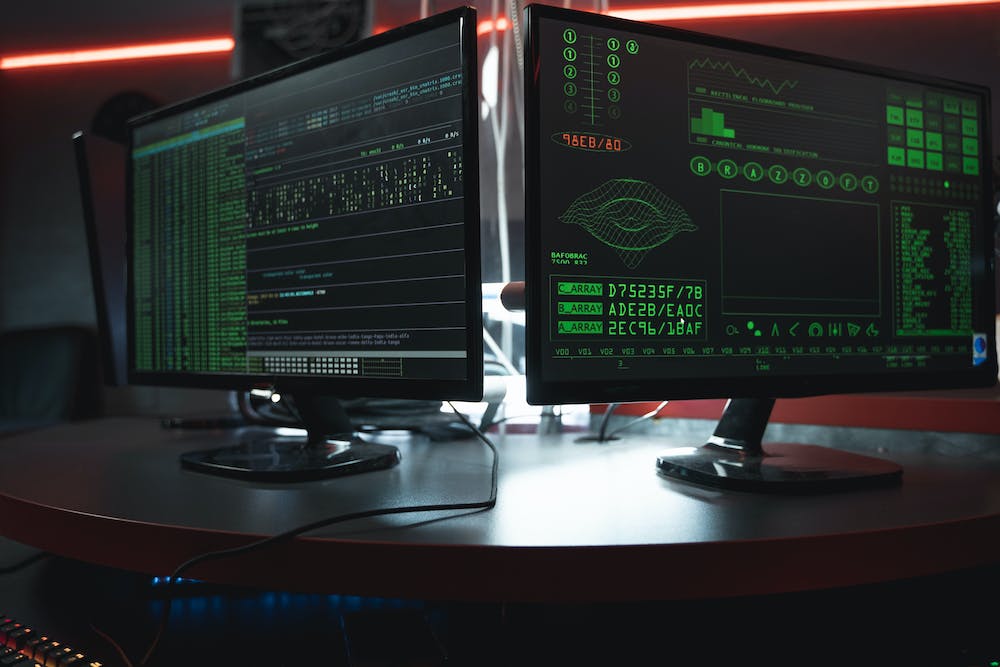
When IT comes to building a high-performance computer, one of the most important components to consider is the cooling system. An effective cooling system ensures that your computer operates at the optimal temperature, which is crucial for maintaining its performance and longevity. At the heart of any cooling system is the computer fan, which plays a critical role in dissipating heat from the internal components. Therefore, choosing the right computer fan is essential for achieving optimal cooling performance.
Fan Size and Compatibility
One of the first factors to consider when choosing a computer fan is its size and compatibility with your system. Most computer cases are designed to accommodate fans of specific sizes, such as 120mm or 140mm. It’s important to check the dimensions of your case and the available mounting points for fans before making a purchase. In addition, you should also consider the compatibility of the fan with your motherboard and other cooling components, such as CPU coolers and radiators.
Airflow and Static Pressure
When selecting a computer fan, you’ll need to consider its airflow and static pressure ratings. Airflow refers to the volume of air that the fan can move, typically measured in cubic feet per minute (CFM). A higher CFM rating indicates better airflow, which is essential for efficiently dissipating heat from your computer’s components. Additionally, static pressure is important for fans that are used in conjunction with radiators or air filters. A fan with a higher static pressure rating is better able to push air through dense cooling fins or filters, making it suitable for such applications.
Noise Level
Another important consideration when choosing a computer fan is its noise level. While high-performance fans are capable of moving large volumes of air, they often produce more noise as a result. If noise is a concern for you, it’s important to look for fans that are optimized for quiet operation. These fans are equipped with features such as specially designed fan blades, rubber dampeners, and PWM control to minimize noise while maintaining efficient cooling performance.
Bearing Type
The bearing type of a computer fan has a significant impact on its performance and longevity. There are several types of bearings commonly used in computer fans, including sleeve, ball, and fluid dynamic bearings. Sleeve bearings are the most affordable option but tend to have a shorter lifespan and higher noise levels. Ball bearings are more durable and quieter, making them a popular choice for high-performance systems. Fluid dynamic bearings offer superior longevity and noise reduction, making them ideal for long-term use.
RGB Lighting and Aesthetics
For many enthusiasts, the aesthetic appeal of their computer is just as important as its performance. If you’re looking to add a touch of style to your system, you may want to consider fans with RGB lighting. These fans are equipped with customizable LED lighting that can be synchronized with other components to create stunning visual effects. Additionally, some fans feature sleek designs and color options to complement your build’s aesthetic.
Conclusion
Choosing the right computer fan is crucial for achieving optimal cooling performance in your system. By considering factors such as fan size, compatibility, airflow, static pressure, noise level, bearing type, and aesthetics, you can select a fan that meets your specific needs and enhances the overall performance of your computer. Whether you’re building a high-performance gaming rig or a quiet workstation, a well-chosen computer fan can make a significant difference in the temperature management and longevity of your system.
FAQs
1. Are there any specific brands of computer fans that are recommended?
While there are many reputable brands in the market, it’s important to choose a fan based on its specifications rather than its brand name. backlink works offers a wide range of high-quality computer fans, but it’s essential to research and compare options to find the best fit for your specific needs.
2. How can I ensure that my computer fan is installed correctly?
Proper installation of a computer fan is crucial for effective cooling performance. Be sure to follow the manufacturer’s instructions and secure the fan tightly to avoid vibrations and noise. Additionally, regular maintenance, such as cleaning the fan blades and bearings, can help maintain its performance over time.
3. Can I use different types of fans in the same system?
While it’s possible to mix and match different types of fans in the same system, it’s important to ensure that they are compatible with each other and configured to work together effectively. For optimal performance, it’s often best to use fans of the same type and specifications.
4. Is it necessary to use additional cooling solutions, such as liquid cooling, in addition to fans?
The use of additional cooling solutions, such as liquid cooling, depends on the specific needs and performance requirements of your system. While fans are effective for general cooling, liquid cooling can offer superior thermal performance for high-end builds and overclocked systems.
5. How often should I replace my computer fan?
The lifespan of a computer fan varies depending on factors such as usage, quality, and environmental conditions. As a general rule of thumb, it’s recommended to replace the fan every 3-5 years to ensure optimal performance and prevent potential failures.





